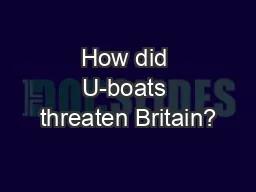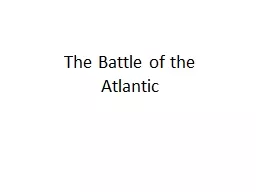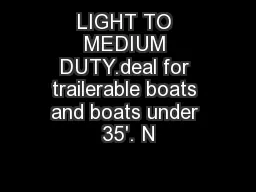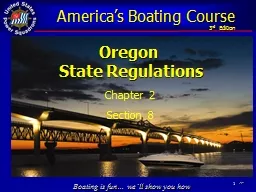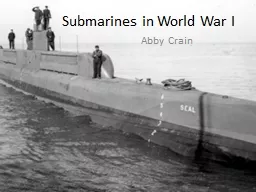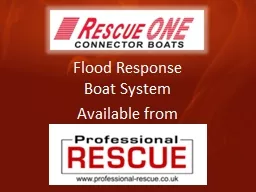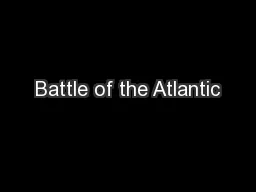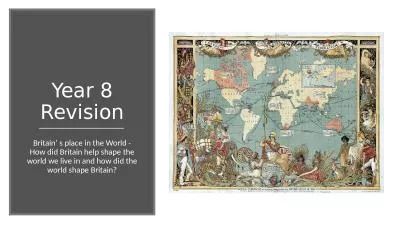PPT-How did U-boats threaten Britain?
Author : myesha-ticknor | Published Date : 2016-08-01
LO To identify the key features of the German Uboat campaign and the reasons why it was defeated by Britain The Uboat threat Despite British claims of victory at
Presentation Embed Code
Download Presentation
Download Presentation The PPT/PDF document "How did U-boats threaten Britain?" is the property of its rightful owner. Permission is granted to download and print the materials on this website for personal, non-commercial use only, and to display it on your personal computer provided you do not modify the materials and that you retain all copyright notices contained in the materials. By downloading content from our website, you accept the terms of this agreement.
How did U-boats threaten Britain?: Transcript
Download Rules Of Document
"How did U-boats threaten Britain?"The content belongs to its owner. You may download and print it for personal use, without modification, and keep all copyright notices. By downloading, you agree to these terms.
Related Documents

